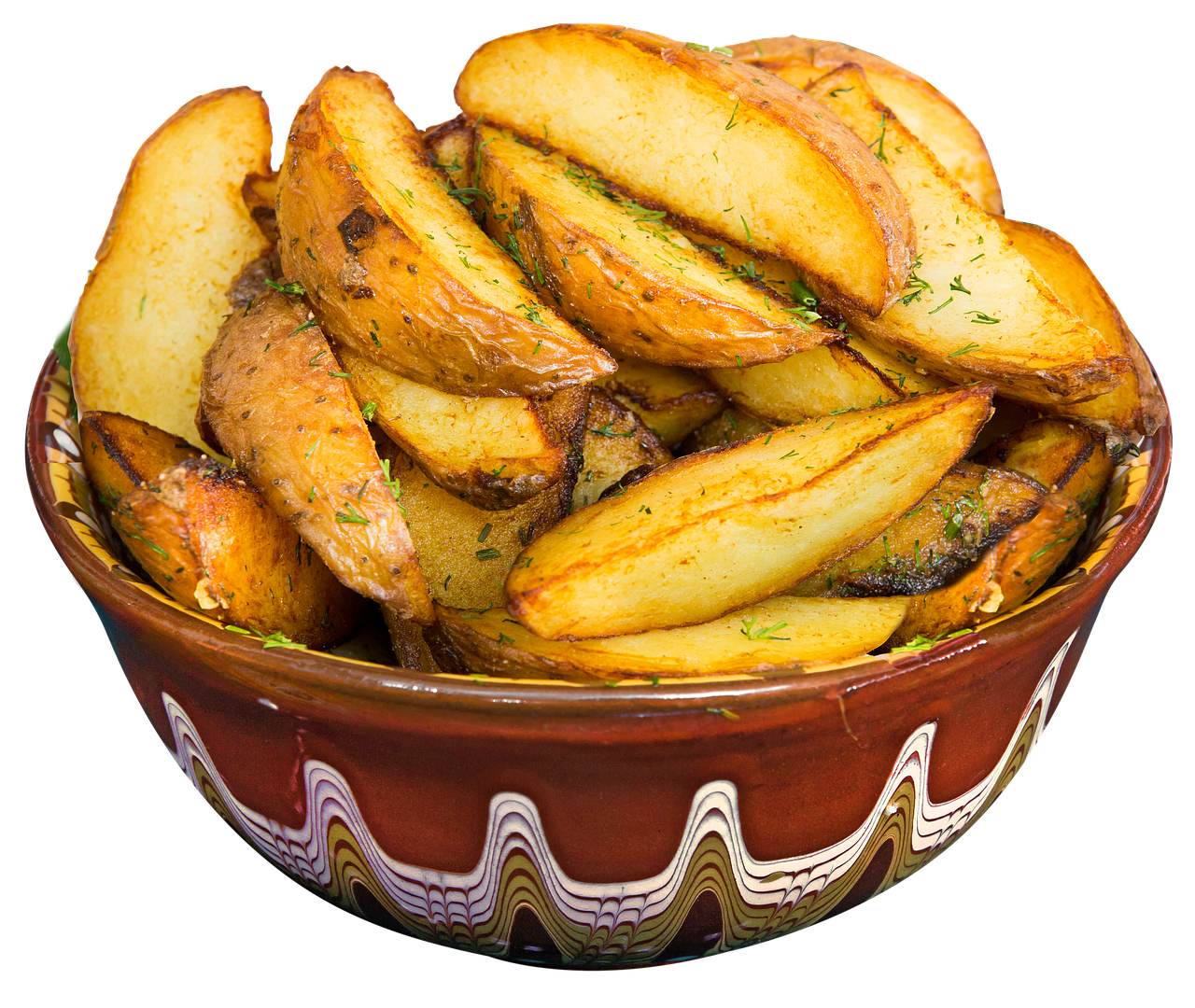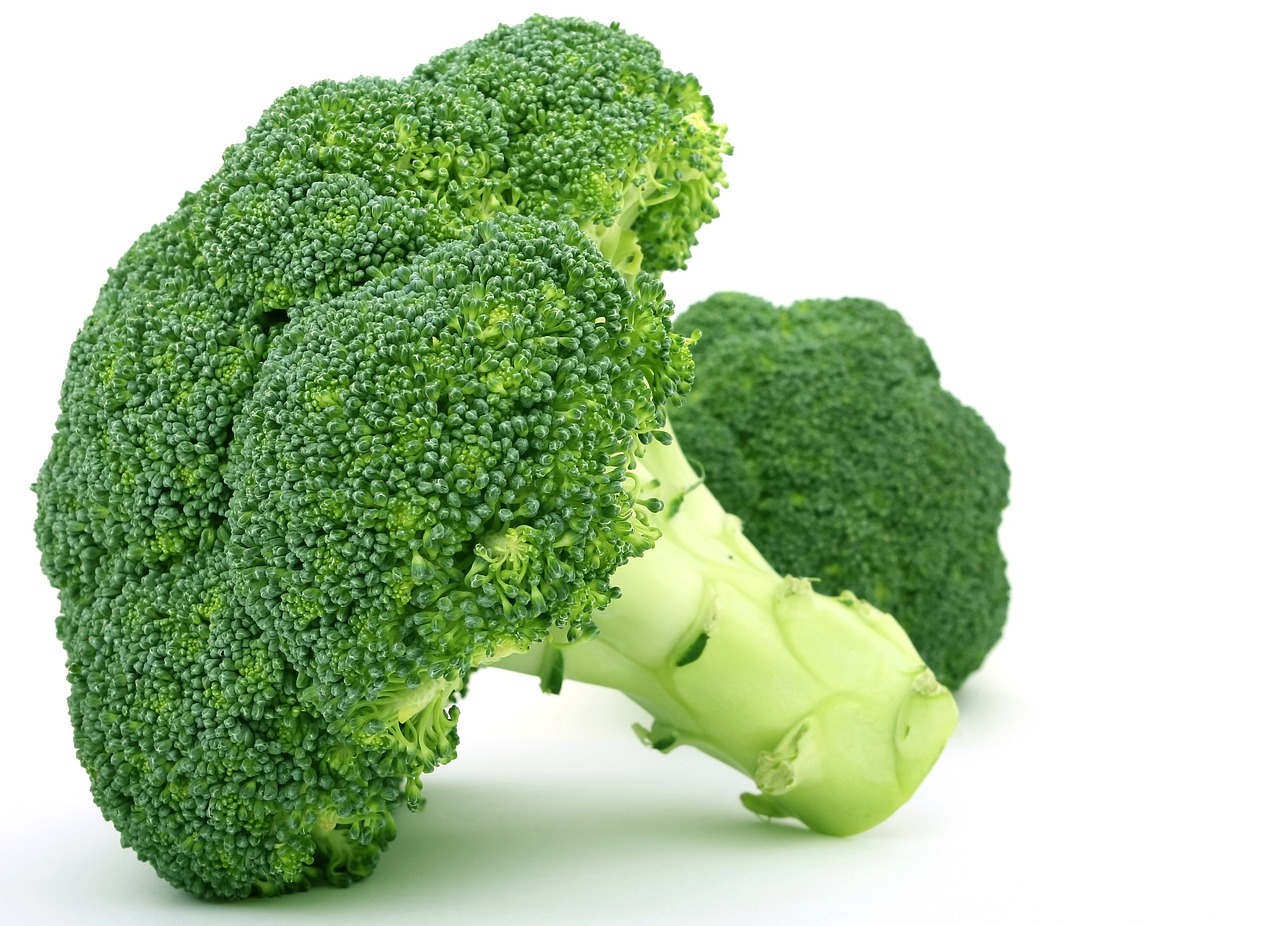Yemista: Greek Stuffed Vegetables with Rice and Herbs

Yemista, a delightful Greek dish, showcases a harmonious blend of flavors and textures, where vegetables are transformed into vessels of savory goodness. Picture plump tomatoes, vibrant bell peppers, and zucchinis bursting with a fragrant stuffing of rice and aromatic herbs. This culinary masterpiece not only tantalizes the taste buds but also offers a wholesome and nutritious dining experience that embodies the essence of Mediterranean cuisine.
Origin and History of Yemista
Yemista, the delightful Greek dish filled with a tantalizing blend of rice, herbs, and vegetables, has a rich history deeply rooted in Greek culinary traditions. Dating back centuries, Yemista has been a beloved dish in Greek households, cherished for its robust flavors and wholesome ingredients. This stuffed vegetable dish has stood the test of time, evolving and adapting to modern palates while staying true to its origins.
Originally, Yemista was created as a way to make use of an abundant vegetable harvest, ensuring that no produce went to waste. The practice of stuffing vegetables with a mixture of rice, herbs, and spices not only provided a hearty and satisfying meal but also showcased the creativity and resourcefulness of Greek cooks. Over time, Yemista became a symbol of Greek hospitality and culinary expertise, often served during festive occasions and family gatherings.
The evolution of Yemista mirrors the culinary journey of Greece itself, blending influences from various cultures and regions to create a dish that is uniquely Greek. As Mediterranean cuisine gained popularity worldwide, Yemista emerged as a shining example of the vibrant flavors and fresh ingredients that define Greek cooking. Today, this traditional dish continues to hold a special place in Greek cuisine, celebrated for its simplicity, versatility, and undeniable deliciousness.
Ingredients for Yemista
When it comes to creating the delicious Greek dish of Yemista, the key lies in using the right ingredients that bring out the true flavors of this traditional meal. Let's delve into the essential components that make Yemista a culinary delight:
- Fresh Vegetables: The foundation of Yemista is fresh, ripe vegetables such as tomatoes, bell peppers, zucchinis, and eggplants. These vibrant veggies not only provide a colorful presentation but also add a natural sweetness to the dish.
- High-Quality Rice: A crucial element in Yemista is the type of rice used. Long-grain rice, like Arborio or Jasmine, is preferred for its ability to absorb the flavors of the herbs and vegetables while maintaining a tender texture.
- Fragrant Herbs: The aromatic blend of herbs like oregano, mint, and parsley is what gives Yemista its distinctive taste. These herbs infuse the dish with a Mediterranean flair and elevate the overall flavor profile.
- Extra Virgin Olive Oil: A staple in Greek cuisine, the use of high-quality olive oil adds richness and depth to Yemista. It not only enhances the taste but also contributes to the authenticity of the dish.
- Onions and Garlic: The humble yet flavorful combination of onions and garlic forms the base of the stuffing mixture in Yemista. Their aromatic qualities bring a savory note to the dish.
By carefully selecting and combining these ingredients, you can create a harmonious blend of flavors that truly captures the essence of Greek cuisine in every bite of Yemista.
Preparation and Cooking Techniques
When it comes to preparing and cooking Yemista, attention to detail is key to achieving the perfect balance of flavors and textures. The process begins with selecting the freshest vegetables, such as tomatoes, bell peppers, zucchinis, and eggplants, which will serve as the edible vessels for the delicious filling.
One of the essential steps in preparing Yemista is hollowing out the vegetables to create space for the rice and herb mixture. Carefully remove the seeds and pulp while ensuring the vegetable remains intact to hold the filling. This process requires precision and patience to avoid damaging the outer shell.
The filling for Yemista is a harmonious blend of cooked rice, aromatic herbs like parsley, mint, and dill, as well as diced onions and garlic. The mixture is seasoned with salt, pepper, and a drizzle of olive oil to enhance the flavors. Each ingredient plays a crucial role in creating a rich and satisfying stuffing.
After preparing the filling, gently stuff the hollowed-out vegetables with the rice and herb mixture, taking care not to overfill them. The stuffing should be packed firmly to ensure that the flavors meld together during the cooking process, resulting in a cohesive and flavorful dish.
Traditionally, Yemista is baked in the oven at a moderate temperature to allow the vegetables to soften and the flavors to meld together. Covering the dish with aluminum foil during the initial stages of baking helps retain moisture and ensures that the vegetables cook evenly.
As the Yemista bakes, the tantalizing aroma of the herbs and spices fills the kitchen, creating a sense of anticipation for the delicious meal to come. The dish is typically cooked until the vegetables are tender and slightly caramelized, showcasing the perfect marriage of flavors and textures.
Once the Yemista is cooked to perfection, it is often served warm, garnished with fresh herbs and a drizzle of olive oil. The vibrant colors and enticing aroma make it a feast for the senses, inviting diners to savor each bite and appreciate the culinary craftsmanship that goes into this traditional Greek dish.
Serving and Enjoying Yemista
When it comes to serving and enjoying Yemista, there are several key points to consider to fully appreciate this traditional Greek dish. Whether you choose to savor it as a main course, a side dish, or even as a delightful appetizer, Yemista offers a burst of Mediterranean flavors that are sure to tantalize your taste buds. Let's dive into the best ways to relish and relish Yemista to the fullest:
- Pairing Perfection: To elevate the experience of Yemista, consider pairing it with a refreshing Greek salad tossed with feta cheese, olives, and a drizzle of olive oil. The combination of flavors will create a harmonious symphony on your palate.
- Herbal Garnishes: Sprinkle some freshly chopped parsley or dill on top of your Yemista before serving. These vibrant herbs not only add a pop of color but also enhance the overall freshness of the dish.
- Crusty Bread Companions: Serve your Yemista with a side of warm, crusty bread to soak up the delicious juices and flavors. The contrast of textures between the soft stuffed vegetables and the crunchy bread is simply divine.
- Family Style Feast: Embrace the communal aspect of Greek dining by serving Yemista family-style. Place the stuffed vegetables on a large platter in the center of the table and let everyone dig in, sharing stories and laughter as they enjoy this wholesome meal together.
Remember, the beauty of Yemista lies not only in its rich flavors but also in the joy of sharing it with loved ones. So, gather around the table, take a bite of these delectable stuffed vegetables, and let the essence of Greek cuisine transport you to the sun-kissed shores of the Mediterranean.



 HazalVardal
HazalVardal 





